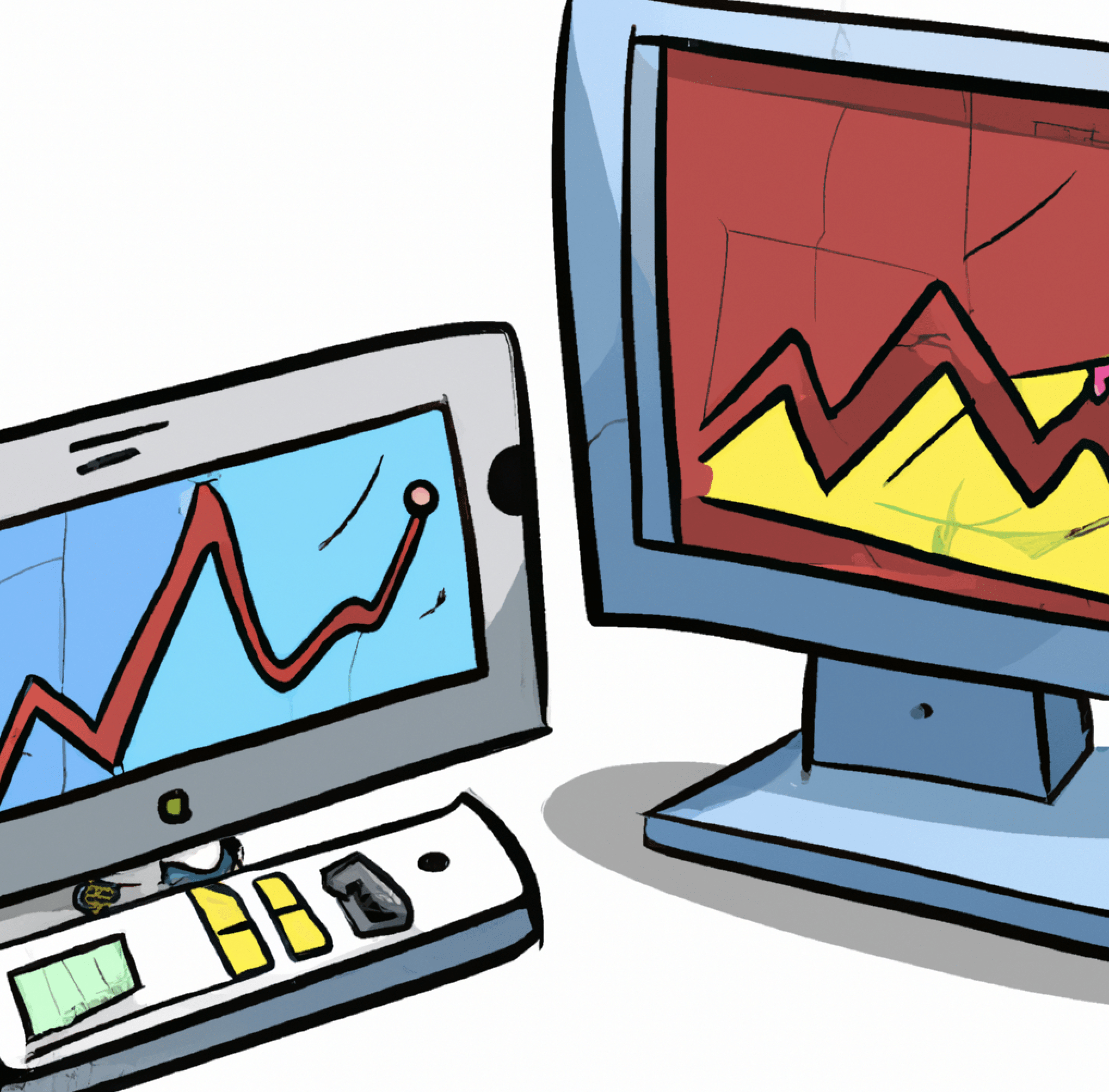Forex trading on mobile vs desktop
The evolution of technology has transformed the landscape of Forex trading. Gone are the days when traders were confined to their desks, glued to bulky desktop computers. Today, the power of mobile technology allows traders to monitor and execute trades from anywhere in the world. But which platform is superior: mobile or desktop? Let’s dive into a comparative analysis.

Portability & Accessibility
- Mobile: The primary advantage of mobile trading is its portability. With a smartphone or tablet, traders can access their accounts, monitor market movements, and execute trades from virtually anywhere. Whether you’re on vacation, sunbathing, or in a meeting, the market is always a tap away in your mobile trading app.
- Desktop: Desktops, being stationary, don’t offer the same level of flexibility. However, they provide a stable environment, especially for traders who have a dedicated space for trading.
Screen Size & User Experience
- Mobile: While mobile apps are designed to be user-friendly, the limited screen size can be a constraint. Analyzing detailed charts or multiple data streams simultaneously can be challenging.
- Desktop: Desktops, with their larger screens, offer a more immersive experience. Traders can view multiple charts, news feeds, and analysis tools side by side, making it easier to make informed decisions.
Performance & Reliability
- Mobile: Mobile apps are optimized for performance, but they might not offer the full suite of features available on desktop platforms. Additionally, trading on mobile relies on cellular or Wi-Fi connections, which can be unstable in certain areas.
- Desktop: Desktop platforms often provide a more comprehensive set of tools and features. With a reliable internet connection, they offer a more stable and consistent trading environment.
Notifications & Alerts
- Mobile: Mobile devices excel in this area. Push notifications ensure that traders are instantly alerted about market changes, news, or account notifications, even when they’re not actively using the trading app.
- Desktop: While desktop platforms also offer notifications, they are limited to when the trader is at the computer. Some platforms might offer email or SMS alerts as a workaround.
Security
- Mobile: Mobile devices can be secured with biometric authentications like fingerprint or facial recognition. However, the risk of losing a device or falling prey to mobile-specific malware exists.
- Desktop: Desktops can be fortified with robust security software. However, they are susceptible to threats like phishing, keyloggers, and ransomware.
Conclusion
Both mobile and desktop platforms have their strengths and weaknesses. The choice largely depends on a trader’s lifestyle, preferences, and trading style. While mobile offers unparalleled flexibility, desktops provide a more comprehensive trading environment. Many traders opt for a hybrid approach, using mobile for on-the-go monitoring and desktop for in-depth analysis and trading sessions. As technology continues to evolve, the gap between mobile and desktop trading is likely to narrow, offering traders the best of both worlds. Read more about the difference between trading apps and trading platforms here.